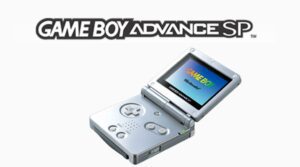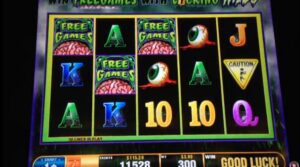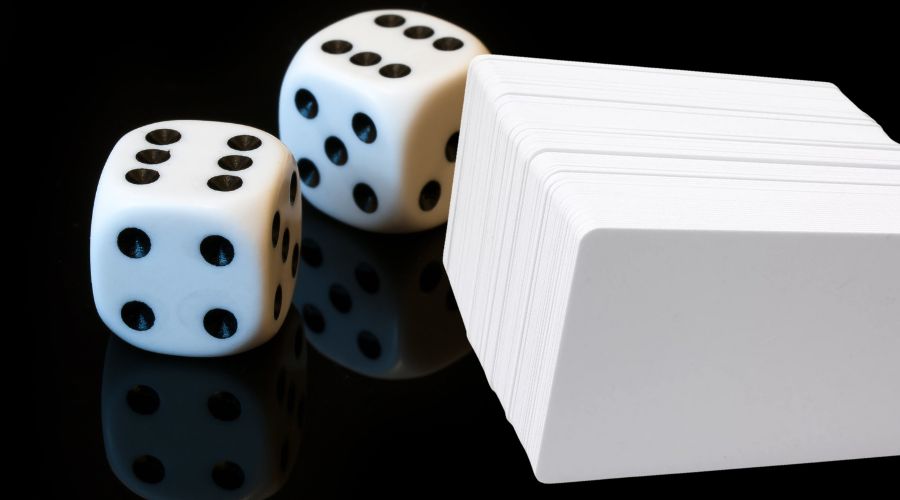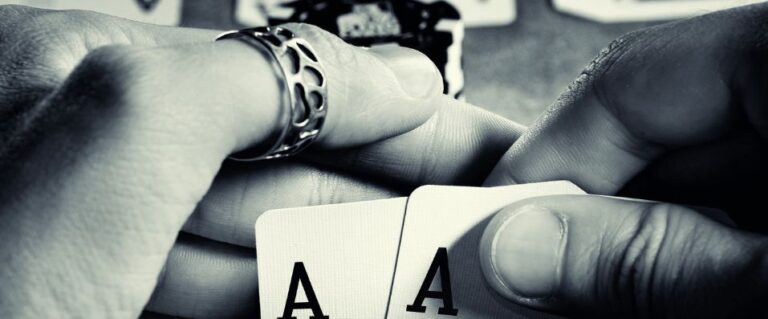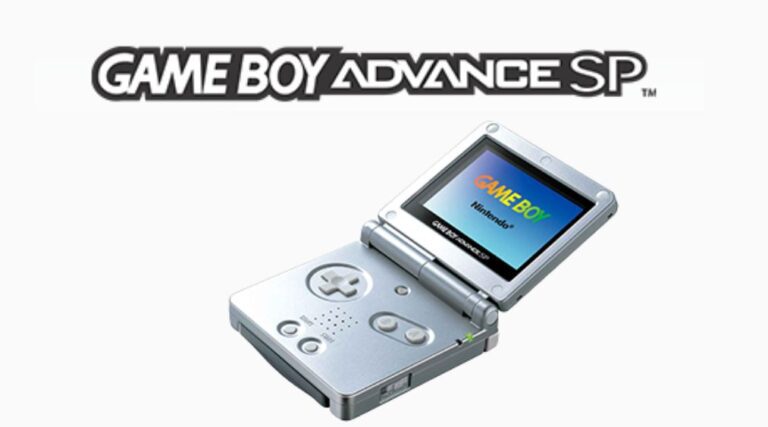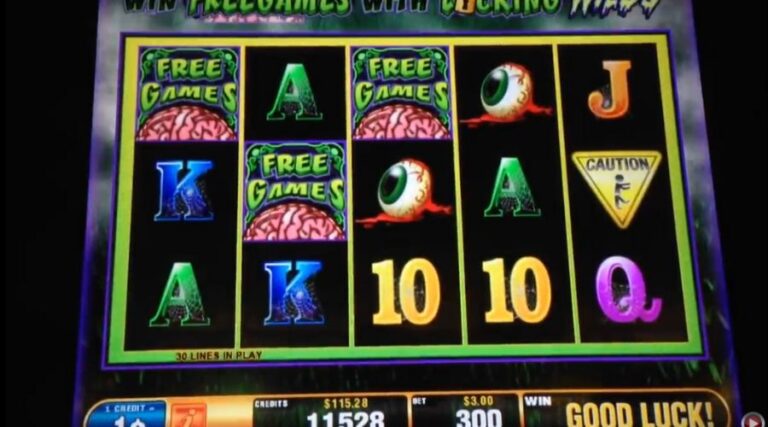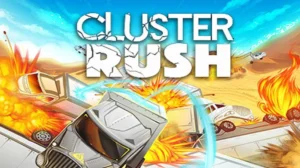‘White card’ is a term with multiple meanings, depending on the context and country. From construction site credentials to medical identification and even card games, the term is used for a variety of important concepts. Below, we explore the different ways white cards are used around the world.
Australian Construction White Card
In Australia, a white card refers to the General Construction Induction Card. It’s an official credential that proves the holder has completed mandatory safety training required to work on construction sites. The card is essential for maintaining workplace safety standards and is recognized nationwide.
This standardized credential replaced older, state-specific cards like blue or green cards. Earning the white card involves completing safety induction training through a registered training organization. The course covers hazard identification, risk management, incident response, and health and safety communication protocols on construction sites.
It’s required for anyone regularly entering operational construction areas, including site managers, surveyors, tradespeople, and laborers. If a cardholder doesn’t work in construction for two years, the card becomes invalid, underscoring the importance of current safety awareness.
White Card in U.S. Energy Compensation Program
In the United States, the term white card holds a completely different meaning. It refers to a medical benefits ID under the Energy Employees Occupational Illness Compensation Program Act (EEOICPA). This program supports former energy workers who developed health issues due to workplace exposure to hazardous substances.
The white card lists accepted medical conditions and allows holders to receive full treatment coverage with no deductibles or co-payments. It covers services like home nursing, prescriptions, hospital care, equipment, travel, and specialist visits. Payments go directly to providers, removing financial stress from the patient.
For many former energy employees, this white card serves as their only access to adequate medical care, making it a critical resource.
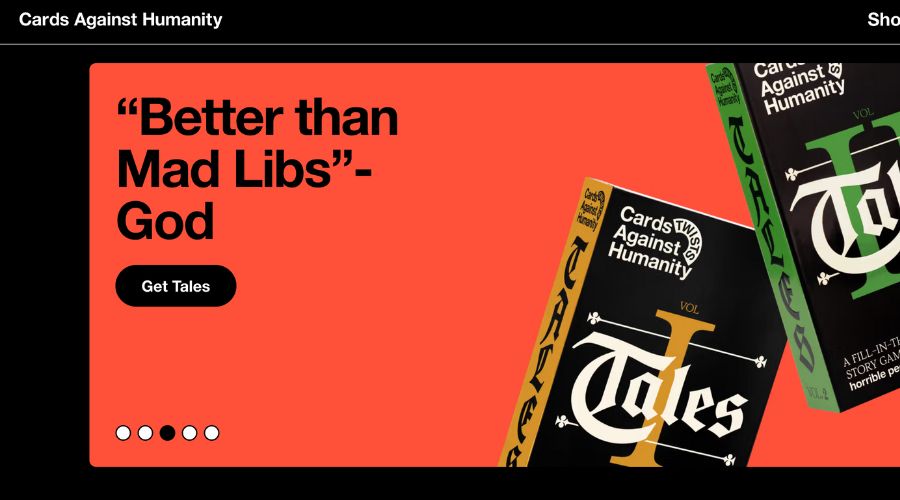
White Cards in Card Games
In the gaming world, white cards are best known through ‘Cards Against Humanity.’ These cards provide the answers or punchlines in response to the black cards’ prompts. The goal is to be the funniest or most surprising, creating unique combinations for laughs or shock value.
While blank or white cards might be used as jokers or deck replacements in traditional casino card games, this is rare in professional play due to strict deck integrity standards.
White Card in Arts and Design
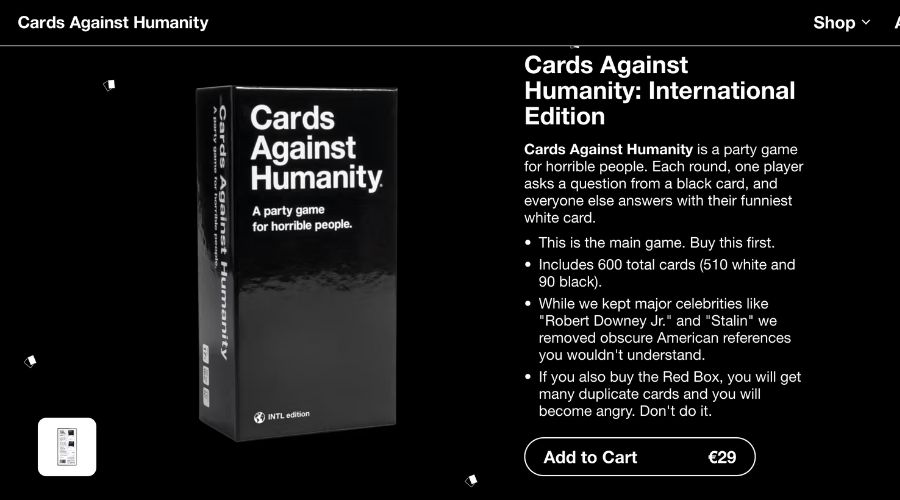
In crafting, the term refers to blank white card stock used for creative projects. Designers, artists, and model builders use different weights of white card for tasks like greeting cards, models, mock-ups, or professional presentations.
Light card is used for basic crafts, medium-weight for sturdier work, and heavy card for models or displays. Architects often use white card for mock-ups because of its clean, distraction-free look and reliable structural properties.
Metaphorical Use of ‘White Card’
The term also appears metaphorically in business or politics. It’s similar to ‘blank cheque’ or ‘carte blanche’ a symbol of full permission or authority. Receiving a white card in this sense means being granted wide-reaching trust or decision-making power. Though less common, it appears in discussions involving delegation or unrestricted approval.
Understanding Context
The meaning of ‘white card’ varies drastically based on where and how it’s used. In Australia, it grants access to construction sites. In the U.S., it provides critical healthcare access.
- In games, it’s a tool for play
- In design, it’s a material for creativity
- In language, it can represent authority
Understanding the context is key to avoiding confusion.
Maintaining White Card Validity
Australian white card holders must remain active in the construction industry to keep their credential valid. A lapse of two years without construction work invalidates the card, highlighting the need for ongoing safety awareness.
In the U.S., EEOICPA white card users should stay informed about their coverage and program updates. Keeping in touch with administrators ensures that they make the most of their healthcare benefits.
Whether it represents a safety credential, healthcare access, creative material, or game piece, each version of the white card opens specific doors for its holder. Knowing which one applies in your case helps you unlock its full value.

